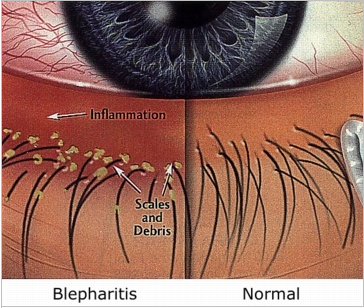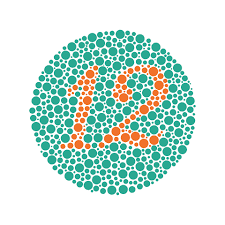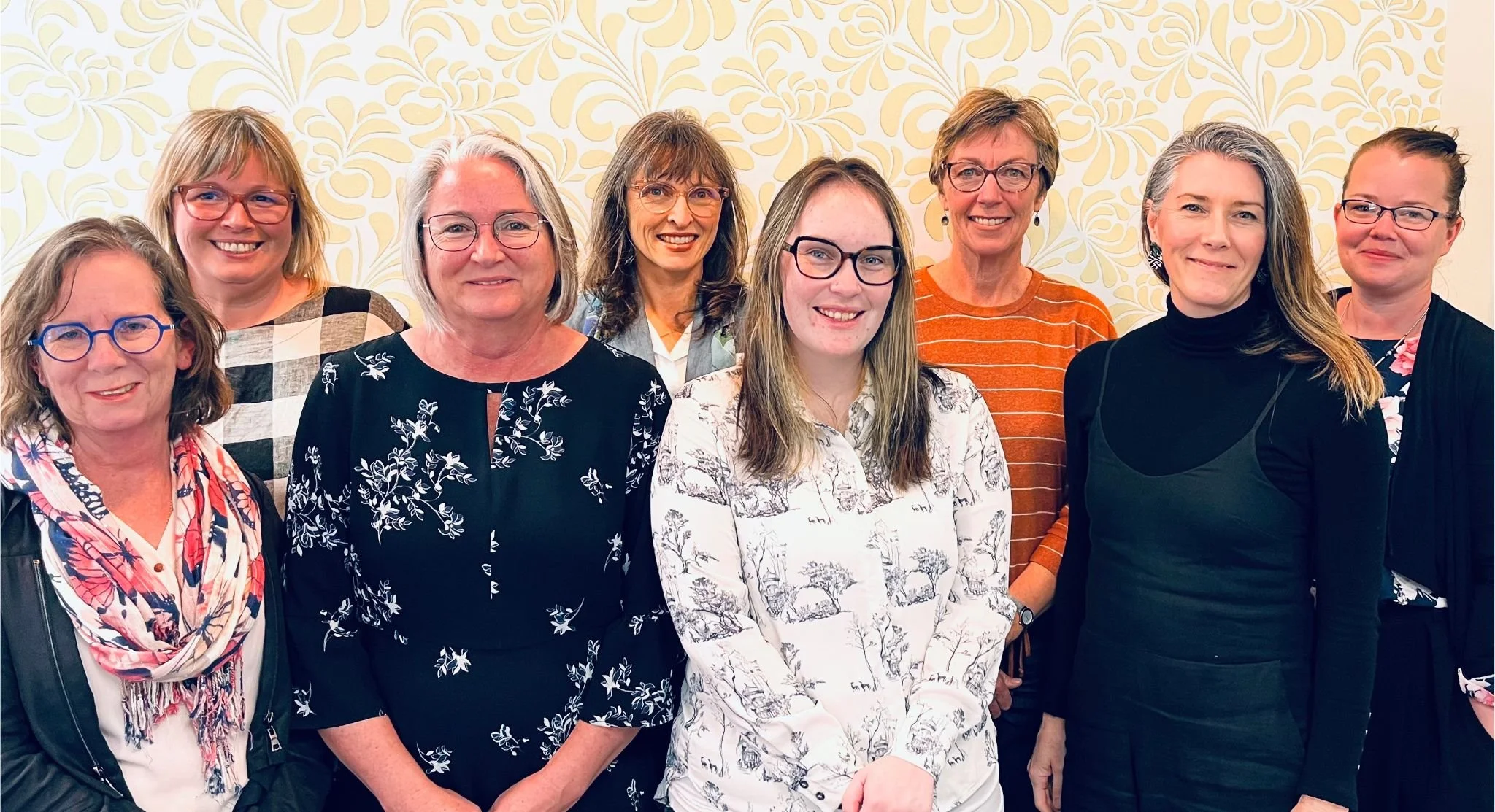After a wet and wild end to October, we think in November the sun is sure to come out again. Are you ready for summer? Check out our sunglass ranges.
McDonald Adams Science Scholarships 2022
It was lovely to be back at prizegiving again this year at Mahurangi College and Rodney College. As always these events have a lovely sense of occasion and celebration.
At Rodney College our award went to Jaide Collinson who is heading to University of Otago planning to study a Bachelor of Dentistry.
Jaide Collinson with Claire McDonald, Rodney College
Mahurangi College student Bella McCormick wrote a lovely email to thank us for her scholarship.
Bella McCormick with Sally Adams, Mahurangi College
This scholarship will go a long way to helping me next year at Auckland University where I will be studying a Bachelor of Science. I intend to study the wider field of biology, double majoring in Biology and Marine Science. . . .The natural world is full of artistry and individuality. Unlike chemistry, physics and mathematics, there is no absolute precision in biology. No two things are exactly alike. Yet when you put it all together, the ecology of earth just works, it builds upon itself, uses its mistakes, evolves and changes - and this to me is beautiful. The biological world excites me, and I can't wait to become a part of studying it.
We wish Bella and Jaide all the best for their studies in 2023.
Staying on top of blepharitis
Comparison of Blepharitis and normal lash line
Blepharitis is a condition which causes chronic inflammation at the base of the eye lashes. The signs are often not easily seen, but examination with a microscope reveals crusting and scaling. This build up in turn can harbour low grade infections, and generally will cause irritation to the eyes and lids.
It is easily treated with routine eyelid hygiene, but this is a long term management strategy. A common recommendation was to bath the eyelids with diluted baby shampoo. Recent studies have suggested the shampoo can actually aggravate blepharitis. Instead we recommend wipes or gels and foams designed specifically for the eyelid. A number of the treatments include tea tree oil in the ingredients - this is very helpful in most cases.
If you are starting treatment we recommend daily lid hygiene for at least 10 days, then reduce to three times per week for maintenance. Remember blepharitis in most cases is chronic so you should be prepared to build lid hygiene into you everyday routine.
It is not uncommon for eyelids to become irritated when you first begin treatment - this should settle as the blepharitis comes under control. Here is an outline of the available treatments.
Lid wipes - these are convenient and come either in individual sachets, or a tub. Use one wipe each time, dedicate a fresh side to each eye lid.
Foam/gel cleaners - can be used in the shower. You are aiming to massage gently into the base of the eyelids, imagine shampooing the eyelashes. Rinse well or wipe off with a flannel.





Audio Captions
Did you see this interesting item on Seven Sharp about audio captions? The story ran on World Sight Day, and is another example of technology helping people with vision loss stay connected and engaged. Audio describing reveals all the on screen details, which are a very important part of the story.
Able, a New Zealand Company develops the audio descriptions and have a very informative website.
One of the challenges for people with low vision is the practical aspects of setting up access to these new technologies. This is where support from sighted friends and families is so valuable. And it is always a good idea to have a try at some of these things, even when you don’t need them.
Able Editing Audio Captions
Human Retinas Grown in a Dish Explain How Colour Vision Develops
This report caught my eye. Science once again pushing the frontiers. Biologists at Johns Hopkins University have grown human retinas from scratch to determine how cells that allow us to see in colour are made. This lays the foundation for therapies for eye diseases such as colour blindness and macular degeneration.
These lab-created “organoids” are a model to study human development on a cellular level. “Everything we examine looks like a normal developing eye, just growing in a dish,” said Robert Johnston, a developmental biologist at Johns Hopkins. “You have a model system that you can manipulate without studying humans directly.”
Johnston’s lab explores how a cell’s fate is determined – or what happens in the womb to turn a developing cell into a specific type of cell, an aspect of human biology that is largely unknown.
His team focuses on the cells that allow people to see blue, red and green – the three cone photoreceptors in the human eye.
While most vision research is done on mice and fish, neither of those species has the dynamic daytime and colour vision of humans. So Johnston’s team created the human eyes they needed — with stem cells.
“Trichromatic colour vision delineates us from most other mammals,” said lead author Kiara Eldred. “Our research is really trying to figure out what pathways these cells take to give us that special colour vision.”
Over months, as the cells grew in the lab and became full-blown retinas, the team found the blue-detecting cells materialised first, followed by the red- and green-detecting ones. In both cases, they found the key to the molecular switch was the ebb and flow of thyroid hormone. Importantly, the level of this hormone wasn’t controlled by the thyroid gland, which of course isn’t in the dish, but entirely by the eye itself.
Understanding how the amount of thyroid hormone dictated whether the cells became blue, or red and green, the team was able to manipulate the outcome, creating retinas that if they were part of a complete human eye, would only see blue, and ones that could only see green and red.
The finding that thyroid hormone is essential for creating red-green cones provides insight into why pre-term babies, who have lowered thyroid hormone levels as they are lacking the maternal supply, have a higher incidence of vision disorders.
“If we can answer what leads a cell to its terminal fate, we are closer to being able to restore colour vision for people who have damaged photoreceptors,” Eldred said. “This is a really beautiful question, both visually and intellectually – what is it that allows us to see colour?”
These findings are a first step for the lab. In the future they would like to use organoids to learn even more about colour vision and the mechanisms involved in the creation of other regions of the retina, such as the macula. Since macular degeneration is one of the leading causes of blindness in people, understanding how to grow a new macula could lead to clinical treatments.
“What’s exciting about this is our work establishes human organoids as a model system to study mechanisms of human development,” Johnston said. “What’s really pushing the limit here is that these organoids take nine months to develop just like a human baby. So what we’re really studying is fetal development.”
Like our service - please review us
Like any business, people check us out online. And increasingly use our convenient online booking feature to arrange appointments. We are looking to grow our online reviews and request your help please. If you would like to leave a review follow this link. You will need to have a Google log in. Thank you.
McDonald Adams Team 2022







